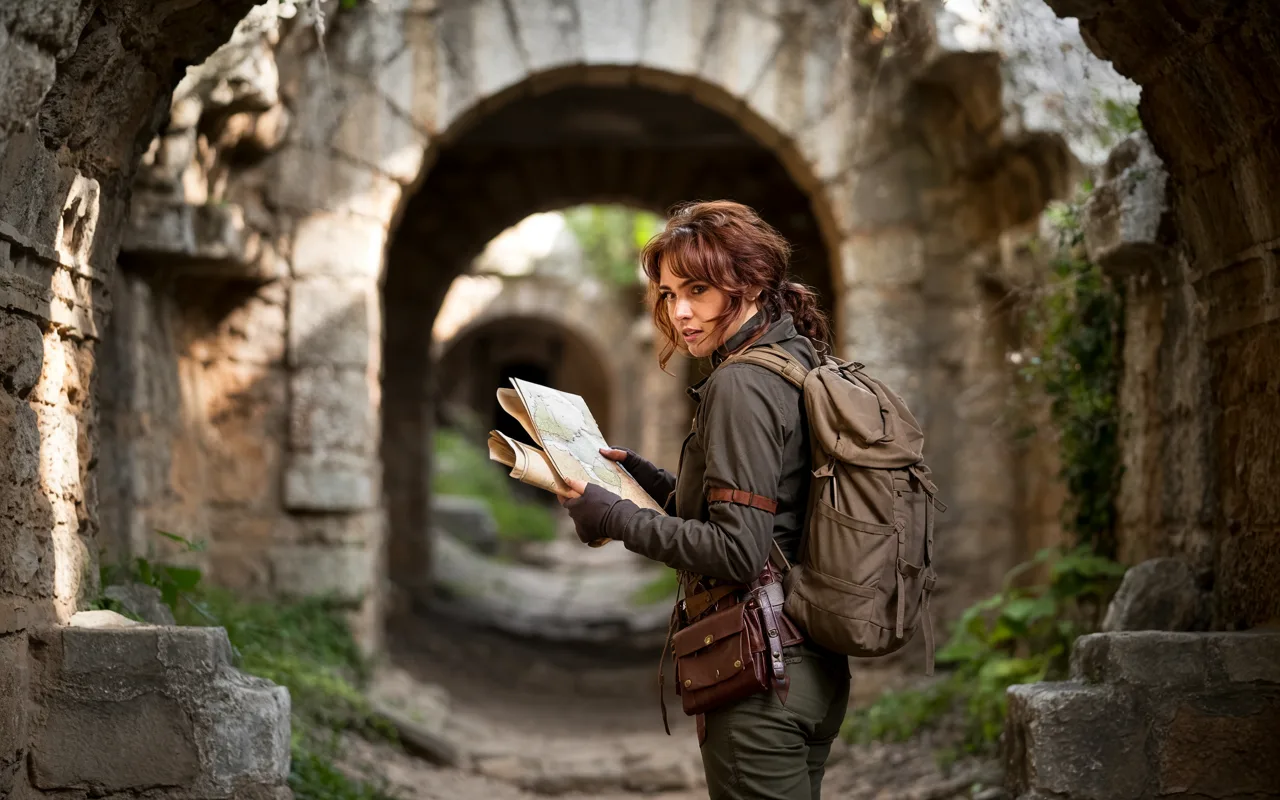
Somewhere out there, gold bars lie buried beneath jungle vines, rusted chests sleep in coral-covered wrecks, and ancient legends are waiting for someone bold enough to believe they’re real.
If you’ve ever felt that magnetic pull toward the unknown — that itch for stories that blur fact and folklore — you’re not alone. Real treasure hunting isn’t just for storybooks; it’s happening right now in places that don’t make the headlines.
This list isn’t about myths. It’s about the thrill of pursuit, the shimmer of a clue, and the promise that maybe, just maybe, you’re chasing something truly undiscovered.
1. Philippines
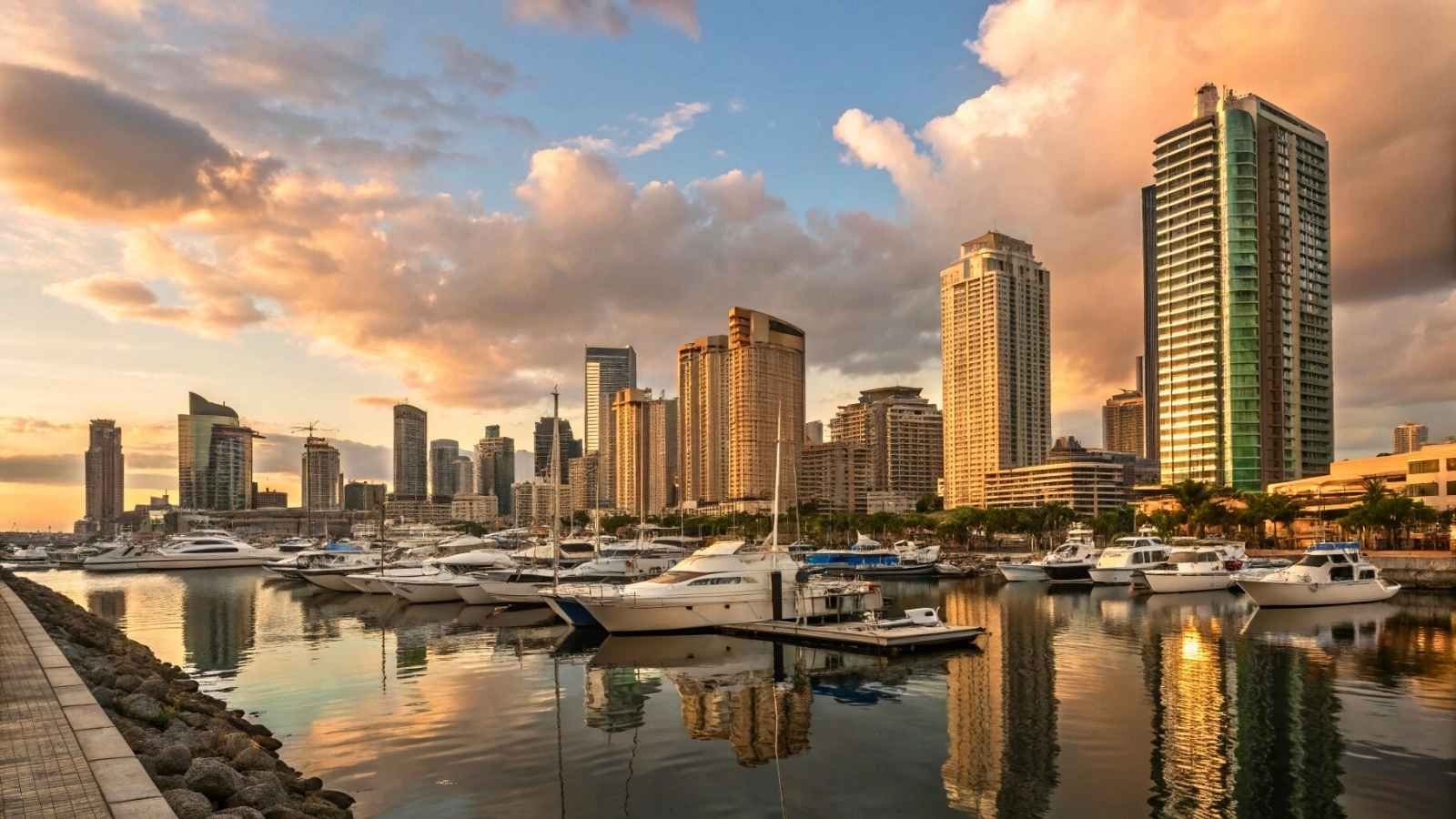
If you’re after a storybook-level treasure hunt, the Philippines should be your first stop. With over 7,000 islands, the country is practically built for hiding loot. The most famous legend? Yamashita’s Gold — a supposed cache of gold bars, jewels, and relics hidden by Japanese forces during World War II. Hunters have spent decades scouring caves, tunnels, and even old bunkers for clues. While no major discovery has been confirmed, the whispers are too loud to ignore.
The Philippines offers more than buried legends. Its clear waters, tropical terrain, and local interest in treasure lore make it feel like a real-life adventure movie. Places like Luzon and Mindanao are packed with old war tunnels and collapsed fortifications, and locals often have their maps or passed-down stories.
Here’s the kicker — treasure hunting isn’t just folklore here. Some people take it seriously enough to spend years searching. Whether you’re bringing a metal detector or just a strong gut instinct, the thrill in the air is tangible.
Quick Facts:
- Best Months to Visit: December to May (dry season)
- Where to Hunt: Luzon (Baguio, Cagayan), Leyte, Mindanao caves
- Local Insight: Ask around — many locals have family stories about Japanese soldiers and secret gold
- Important Tip: You’ll need permits from the National Museum for any official dig
- Risk Factor: Low for travel, medium for unregulated digging
2. Mexico
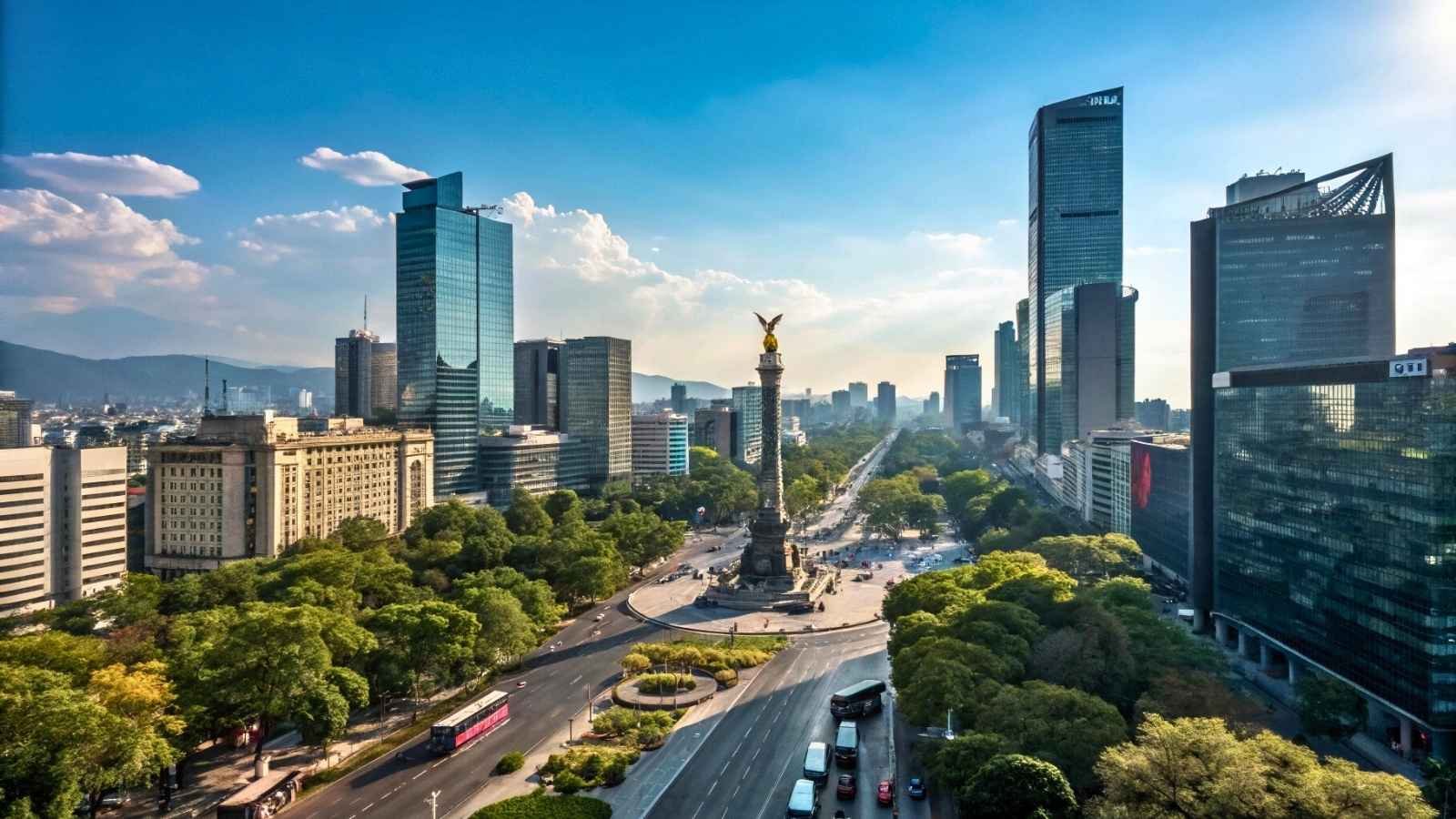
Mexico isn’t just about tacos and Mayan ruins — it’s also home to some of the most intriguing lost treasure stories in the western hemisphere. From the Sunken Galleons off the Yucatán coast to whispers of Pancho Villa’s buried gold in Chihuahua, this country practically drips with possibility.
Spanish fleets once moved tons of gold and silver up and down the coastline. Some didn’t make it. Shipwreck divers still flock to the Caribbean side of the country looking for old cannonballs and silver coins. Inland, you’ve got entire regions like Zacatecas and Durango, where gold mines and bandit trails hide secrets from colonial times.
What makes Mexico stand out? It’s the layers — pre-Columbian artifacts, colonial riches, and revolutionary caches. If you’re methodical and respectful of the culture, the country can feel like a giant, sun-drenched riddle waiting to be solved.
Quick Facts:
- Best Months to Visit: November to April
- Where to Hunt: Yucatán coast (sunken Spanish wrecks), Chihuahua (Pancho Villa), Zacatecas (mine trails)
- Local Insight: Research La Leyenda de El Tesoro de Moctezuma – it’s a rabbit hole worth diving into
- Important Tip: Archaeological laws are strict — bring gear, but also stay legal
- Risk Factor: Moderate (some areas may be off-limits or unstable)
3. Colombia
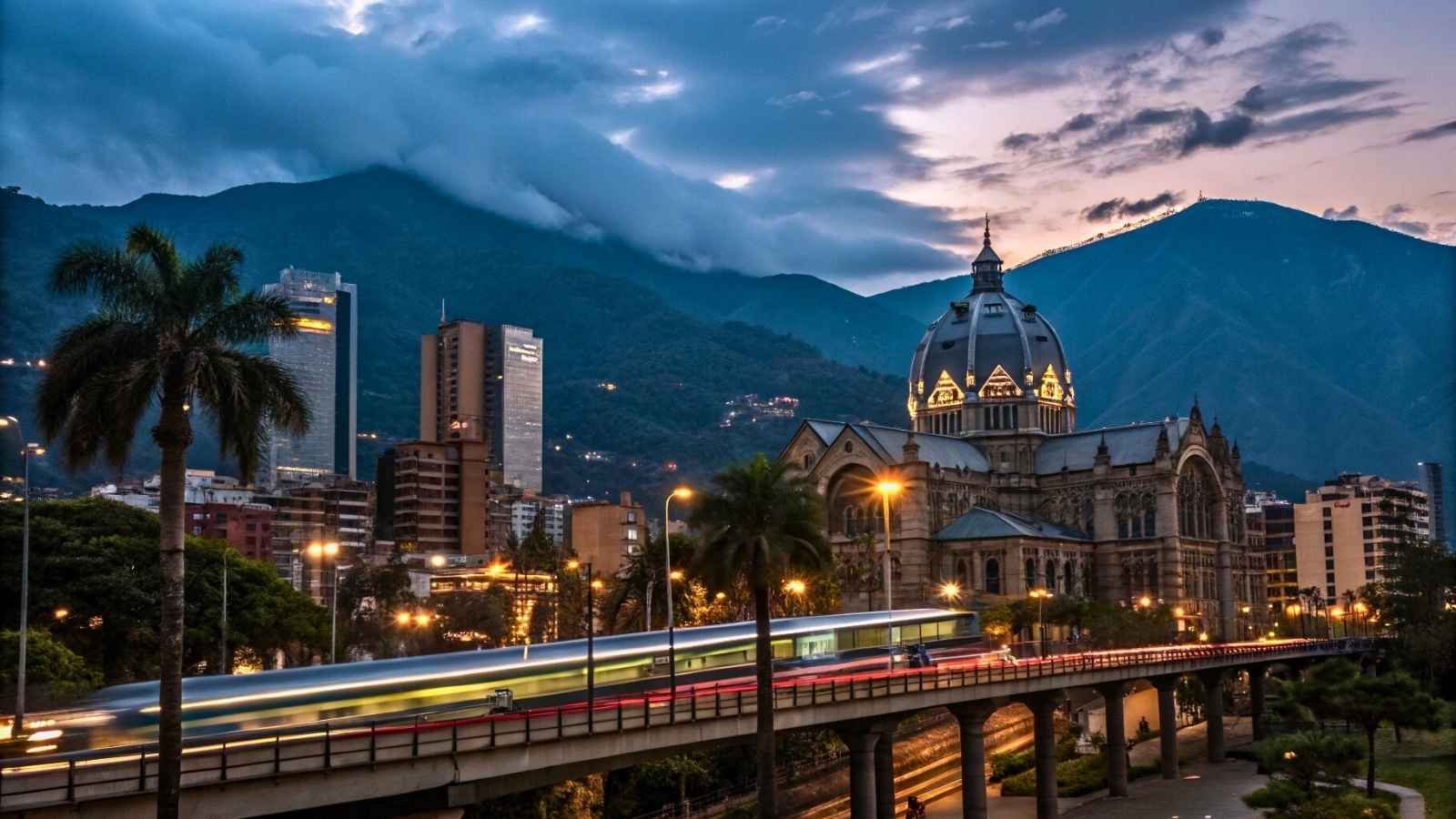
Colombia’s treasure story is nothing short of cinematic. Think sunken Spanish galleons, indigenous gold crafts, and El Dorado — the city of gold that sparked an era of exploration and madness. And while the mythical city may still be out of reach, the San José galleon is not. Discovered off the coast of Cartagena, it’s said to hold billions in gold and jewels.
But there’s more than just oceanic wonders. Inland, the Andes conceal abandoned mines and golden relics of the Muisca people — the same civilization that inspired the El Dorado legend. Plus, Colombia’s lush jungles and river valleys add a wild backdrop that keeps you alert — and guessing.
Unlike other countries, Colombia’s treasure hunt isn’t just about what’s hidden — it’s also about what’s just starting to resurface. With modern scanning tech and historical records finally matching up, this place is buzzing with energy and potential.
Quick Facts:
- Best Months to Visit: December to March (dry season)
- Where to Hunt: Caribbean coast near Cartagena, Guatavita (El Dorado), Sierra Nevada
- Local Insight: Museums like the Museo del Oro offer insights into what to look for
- Important Tip: Underwater salvage laws are evolving fast — keep your eye on the news if diving
- Risk Factor: Moderate, depending on the region (some areas require caution)
4. Indonesia

With more than 17,000 islands scattered across volatile seas and ancient trade routes, Indonesia is a treasure trove in every sense. Think of it as the Silk Road’s little sibling — where Chinese porcelain, Arab gold, and Dutch coins met tropical storms and were lost forever.
The Java Sea is infamous for wrecks. Some date back centuries and contain Ming dynasty artifacts, Dutch East India Company cargo, and Islamic relics. There are even rumors of pirate caves in Sulawesi and Sumatra where raiders hid stolen goods from passing merchant ships.
You won’t just be diving here — you’ll be decoding history, ocean currents, and superstition all at once. And yes, even today, villagers still tell stories of glowing chests under the water or golden idols buried in mangrove-covered inlets. It’s part myth, part reality — and 100% thrilling.
Quick Facts:
- Best Months to Visit: May to September
- Where to Hunt: Java Sea, Banda Islands, Sulawesi coasts
- Local Insight: Learn about the Batu Hitam Wreck — it inspired many to start diving
- Important Tip: Indonesia has strict artifact laws and cultural protection rules — always check before searching
- Risk Factor: Medium (weather, permits, and reef protection zones)
5. Spain

You might be surprised to find Spain on this list — not because it lacks treasure, but because it’s where so much treasure once began its journey. Spain’s coasts, old castles, and forgotten vaults still hide pieces of the very riches it sent out into the world. And many believe not all of it made it out.
In Galicia and Andalusia, divers search cold Atlantic waters for sunken gold from ships that never reached the New World. Inland, the Pyrenees mountains guard forgotten monastery tunnels and Visigoth ruins, some rumored to hold riches hidden from invading Moors. And during the Spanish Civil War, countless artifacts and fortunes were buried for safekeeping — and never reclaimed.
Spain blends the thrill of treasure with the charm of walkable medieval cities and rugged coastlines. It’s also one of the few places where you can hunt by foot, by snorkel, or even in a dusty village attic.
Quick Facts:
- Best Months to Visit: April to June, September to October
- Where to Hunt: Galicia coast, Andalusian coastlines, Pyrenees valleys
- Local Insight: Talk to local historians — Spain is dense with records, and access is everything
- Important Tip: Spain has one of Europe’s most detailed cultural heritage laws — get permissions in writing
- Risk Factor: Low (well-developed infrastructure but strict regulations)
6. Dominican Republic

The Dominican Republic might be known for its beaches and resorts, but what lies beneath its Caribbean waters is where things get interesting. The island was a major colonial hub for the Spanish treasure fleets in the 1500s. Many ships never made it back to Europe, often falling victim to storms or pirates just off Hispaniola’s coast.
The area around Samaná Bay and La Romana is particularly promising for amateur divers. There’s even a museum in Santo Domingo displaying recovered coins, anchors, and relics — a clear sign that the legends are grounded in fact. Some believe there are still dozens of unclaimed wrecks just waiting for the right weather window and brave explorer.
This isn’t a place where you just go metal detecting on a beach and hope for the best. It’s about knowing the routes, checking historical ship logs, and speaking to the local divers, many of whom are incredibly welcoming to curious visitors.
Quick Facts:
- Best Months to Visit: December to April
- Where to Hunt: La Romana coast, Samaná Bay, Monte Cristi
- Local Insight: Visit the Museo del Ámbar for regional geological and artifact context
- Important Tip: Diving for artifacts requires permits from the government — penalties can be steep without them
- Risk Factor: Low (tourist-friendly but watch local laws)
7. Thailand

Thailand isn’t just home to temples and tuk-tuks — it’s also whispered about in treasure circles thanks to its coastline full of shipwrecks, especially around the Andaman Sea. During the 16th to 19th centuries, merchant ships from Europe, India, and China passed through these waters. Some met their end thanks to monsoon storms and pirates.
Inland, things get even spicier. There are persistent tales of Japanese soldiers hiding loot in caves during World War II as they retreated, particularly in regions like Kanchanaburi and near the Thai-Burma border. Some Thai locals still talk about caves sealed off mysteriously, or villages built near known wartime hideouts.
Combine that with Thailand’s deep appreciation for folklore and oral history, and you’ve got fertile ground for the kind of adventure that feels grounded but full of mystery.
Quick Facts:
- Best Months to Visit: November to February
- Where to Hunt: Andaman Sea coast, Kanchanaburi, Ranong province
- Local Insight: Look into stories about Japanese tunnel systems along the River Kwai
- Important Tip: Respect national parks and sacred sites — digging or metal detecting is illegal in many areas
- Risk Factor: Medium (tourist areas safe, border regions may be restricted)
8. Portugal
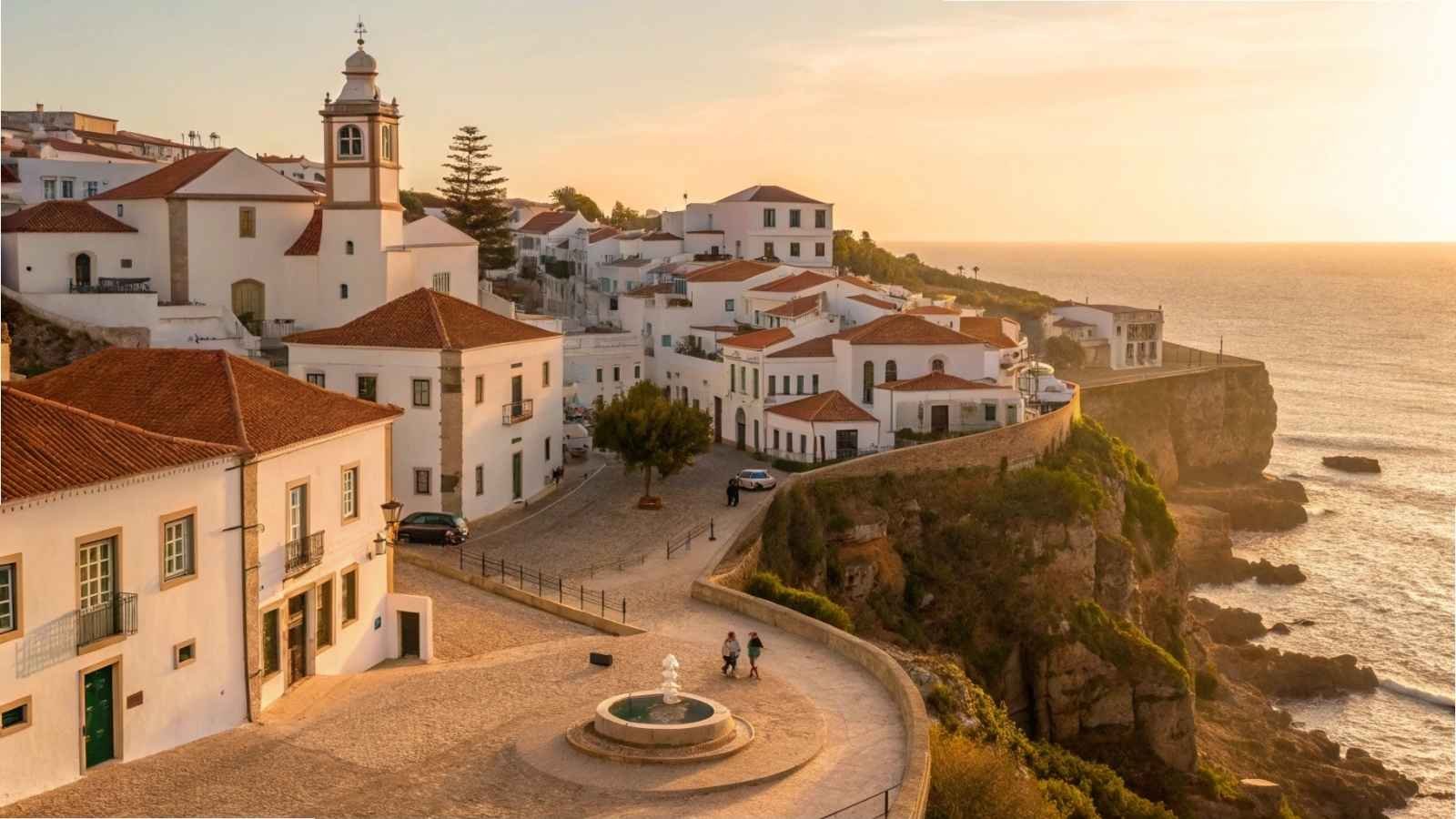
Portugal — the nation that once led global exploration — still holds plenty of secrets at home. Its role in maritime history makes its coastline and river routes prime zones for treasure hunters. Think of it as Spain’s quieter sibling, but with just as many sunken ships and hidden strongholds.
The Algarve region, with its craggy shores and secluded coves, is dotted with stories of Moorish gold, pirate plunder, and forgotten Jesuit caches. Lisbon, too, has its share of buried tales — particularly around the Tagus River, where items were lost during both war and natural disasters, including the massive 1755 earthquake.
Portugal’s mix of Catholic, Moorish, and seafaring legacies adds historical layers that feel straight out of a Dan Brown novel. And best of all — you can follow treasure rumors by train, by foot, or by snorkel.
Quick Facts:
- Best Months to Visit: April to June, September to October
- Where to Hunt: Algarve coast, Tagus River banks, Sintra hills
- Local Insight: Explore castle ruins in Alentejo — many have hidden vault rumors
- Important Tip: While metal detecting is legal, you need municipal permission for historical sites
- Risk Factor: Low (safe, well-developed, but bureaucratic)
9. United States (Florida Keys)
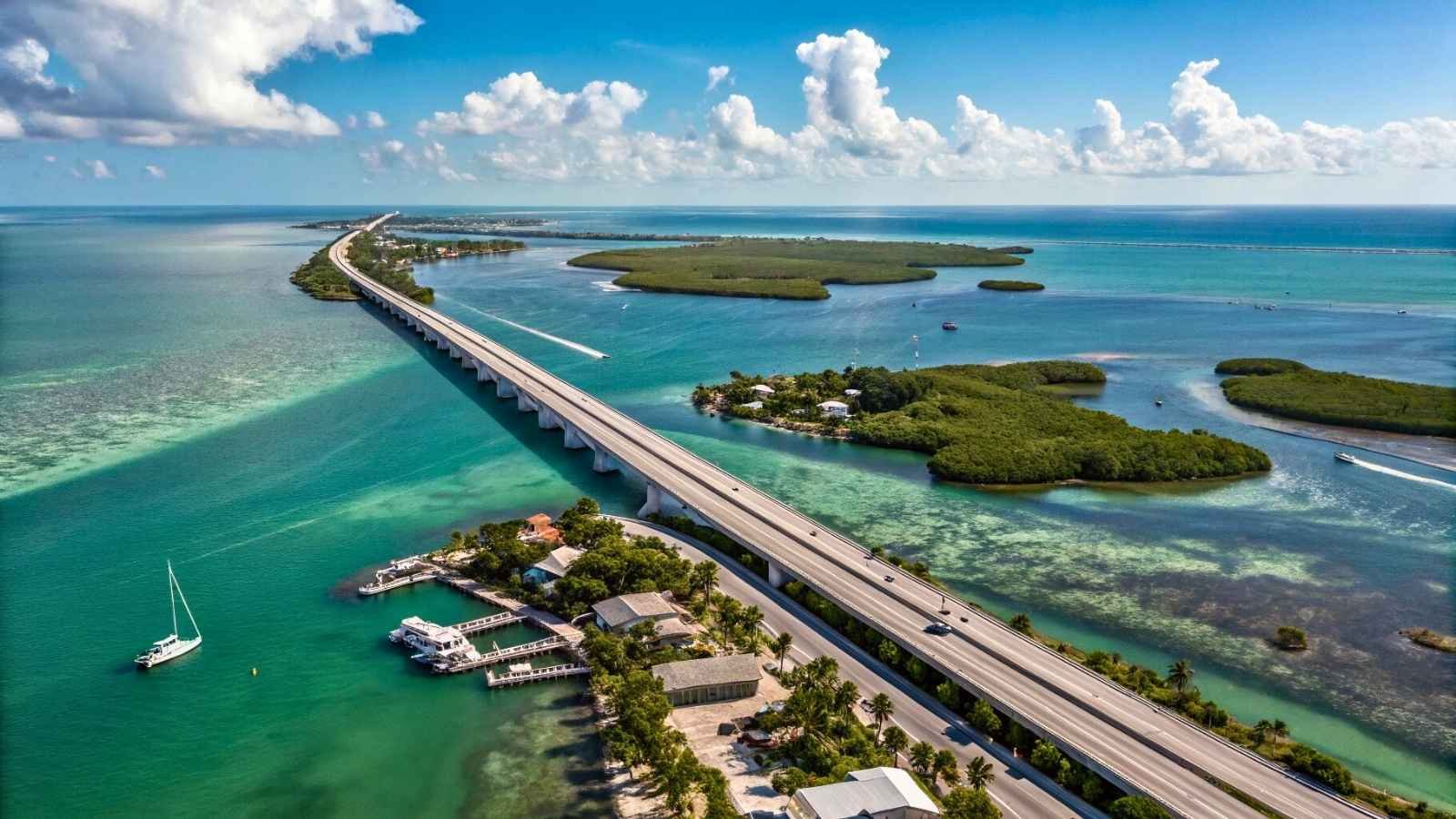
Nowhere in the continental U.S. feels more like a real-life pirate’s paradise than the Florida Keys. This chain of islands has seen centuries of shipwrecks, from Spanish treasure galleons to smuggler vessels dodging customs. The most famous? The Nuestra Señora de Atocha, found by Mel Fisher, is still considered one of the greatest treasure finds ever.
What’s wild is that there are more wrecks out there, especially near the Marquesas Keys and Key Largo. And while most high-value diving requires partnerships or permits, even amateur explorers have found coins washed up after storms. The region also boasts several museums, including the Mel Fisher Maritime Museum, which might just inspire your next dive.
The best part? You’re in the U.S., so there are clear legal paths to treasure hunting, well-developed maps, and thriving communities of fellow seekers. Plus, every tiki bar seems to have a story.
Quick Facts:
- Best Months to Visit: March to May, October to early December
- Where to Hunt: Marquesas Keys, Dry Tortugas, Key Largo
- Local Insight: Track storm paths — hurricanes often stir up sunken artifacts
- Important Tip: Most finds are state property unless you have a contract — research salvage law
- Risk Factor: Low (excellent infrastructure, well-regulated)
10. Greece
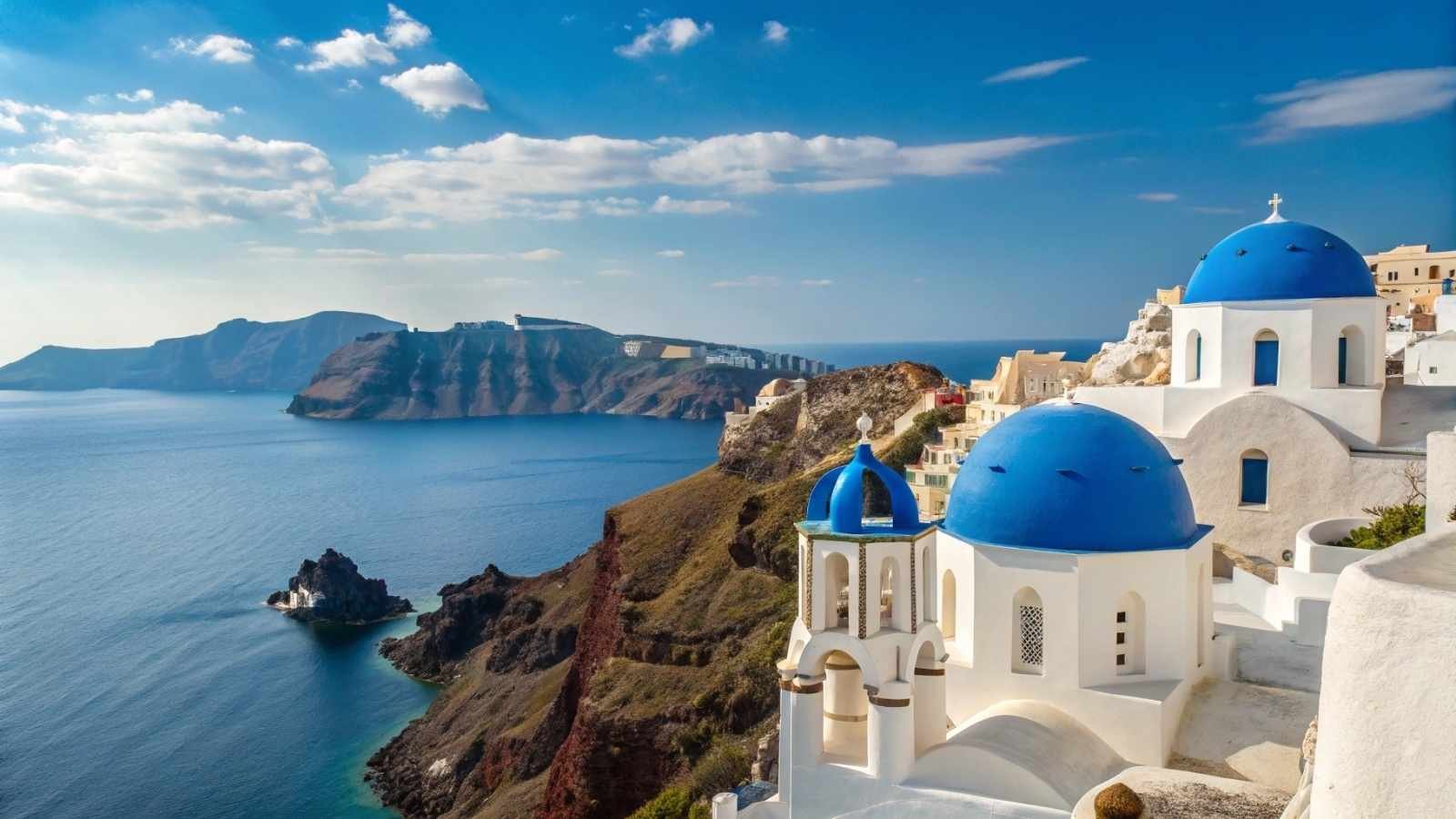
If your idea of treasure hunting includes sunken cities, lost temples, and gold hoards from ancient battles, Greece will call to you like a siren. The Aegean and Ionian Seas are scattered with shipwrecks, many of which are thousands of years old. And unlike tropical countries, here the treasures are bronze statues, amphorae, and Spartan-era artifacts.
But Greece isn’t just underwater gold. There are abandoned monasteries, caves once used by pirates, and hills where locals still tell stories of buried Byzantine wealth. Areas like Mount Athos, Crete, and the Peloponnese are packed with folklore, often overlapping with archaeological records.
Treasure hunting in Greece is more academic and methodical, but no less thrilling. With careful planning, you can walk the same paths as ancient warriors and traders — and maybe find what they left behind.
Quick Facts:
- Best Months to Visit: April to June, September to October
- Where to Hunt: Crete coast, Mount Athos, Ionian Sea islands
- Local Insight: Local shepherds and fishermen often know stories passed down for generations
- Important Tip: All finds are considered national cultural heritage — no legal private claims
- Risk Factor: Low (safe, but strict heritage enforcement)
11. Peru
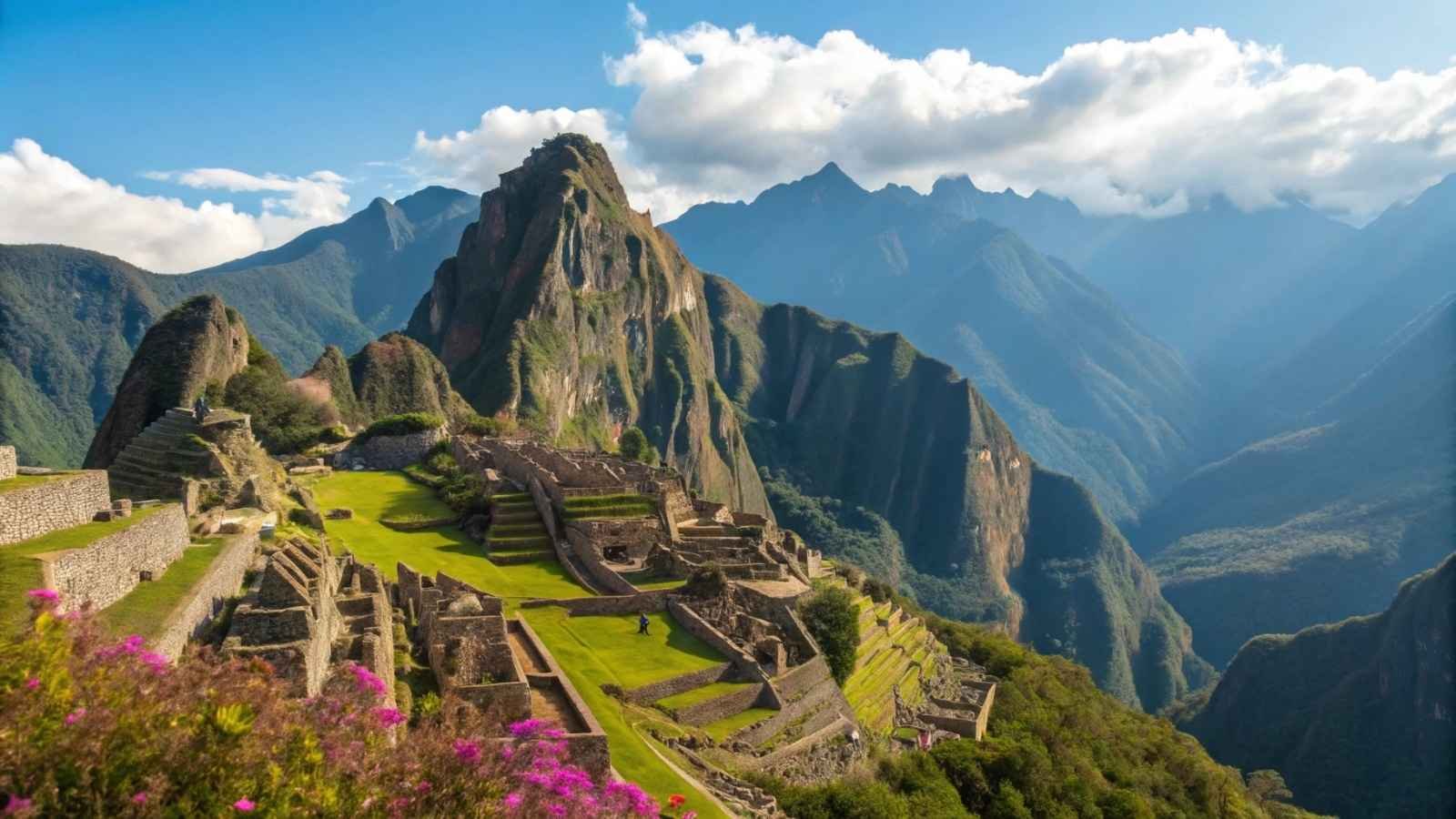
Peru is one of those places where myth and treasure go hand in hand. Everyone’s heard of the Incas, but few realize just how much gold was hidden, not lost, hidden, during the Spanish conquest. The most famous story is the Lost Treasure of Atahualpa, a ransom of unimaginable value that supposedly never reached its captors. Some believe it’s still buried deep in the Andean highlands.
Beyond that, there are rumors of underground tunnels beneath Cusco, and jungle-covered ruins still unexplored in the Amazon basin. Modern expeditions have even uncovered clues — petroglyphs, burial mounds, broken gold relics — suggesting something more lies just beneath the surface.
If your idea of treasure hunting leans toward epic hikes, ancient curses, and mist-covered temples, Peru delivers on every front.
Quick Facts:
- Best Months to Visit: May to September (dry season in the Andes)
- Where to Hunt: Cusco region, Vilcabamba, remote Amazon areas
- Local Insight: Learn Quechua basics — it opens more doors than Spanish in some villages
- Important Tip: All archaeological finds are protected by law; tourism treks are the ethical route
- Risk Factor: Moderate (altitude and remote terrain can be challenging)
12. Jamaica

It doesn’t get more pirate-core than Jamaica. The island was once the pirate capital of the Caribbean, thanks to the infamous city of Port Royal, known in its heyday as the “wickedest city on Earth.” That city now lies mostly submerged, thanks to an earthquake in 1692 that sent entire streets sliding into the sea.
Modern-day Port Royal still gets attention from divers and archaeologists alike. Artifacts regularly emerge: pewter mugs, gold rings, and weapons buried beneath sand and coral. And inland? Rumors persist of stashes left by privateers like Henry Morgan, who raided Spanish ships and allegedly buried some of his spoils in Jamaica’s interior hills.
This is treasure hunting fused with pirate legend and island charm. The air itself feels storied, and every local fisherman seems to have a tale.
Quick Facts:
- Best Months to Visit: November to mid-April (dry season)
- Where to Hunt: Submerged ruins of Port Royal, Blue Mountains, Treasure Beach (yes, it’s a real place)
- Local Insight: Port Royal is a protected site — visit with licensed dive operators only
- Important Tip: The best treasures might not be gold; pottery, weaponry, and naval artifacts are common
- Risk Factor: Low, but respect local guides and marine rules
13. Vietnam

Vietnam isn’t usually top of mind for treasure, but it should be. Its dense jungles, mountainous caves, and colonial past make it a landscape of secrets. During the French occupation and both Indochina wars, treasures were hidden in tunnels, Buddhist temples, and riverbanks to keep them out of enemy hands. Some remain unclaimed.
Then there’s the lesser-known legend of Japanese wartime gold, said to have been moved through northern Vietnam before Japan’s surrender in WWII. Certain areas near the Lạng Sơn Province have been quietly attracting amateur diggers with old maps and metal detectors in hand.
Vietnam’s draw is the combination of folklore, war history, and raw terrain. It doesn’t shout about its treasure, but for the curious and respectful, it whispers.
Quick Facts:
- Best Months to Visit: February to April, October to December
- Where to Hunt: Northern Vietnam (Lạng Sơn, Hà Giang), Mekong Delta, old French military zones
- Local Insight: Many caves are sacred — consult with Buddhist caretakers or elders before exploring
- Important Tip: Avoid war relic sites without local guidance — many still contain live ordnance
- Risk Factor: Moderate to high in some jungle or border zones
14. Panama
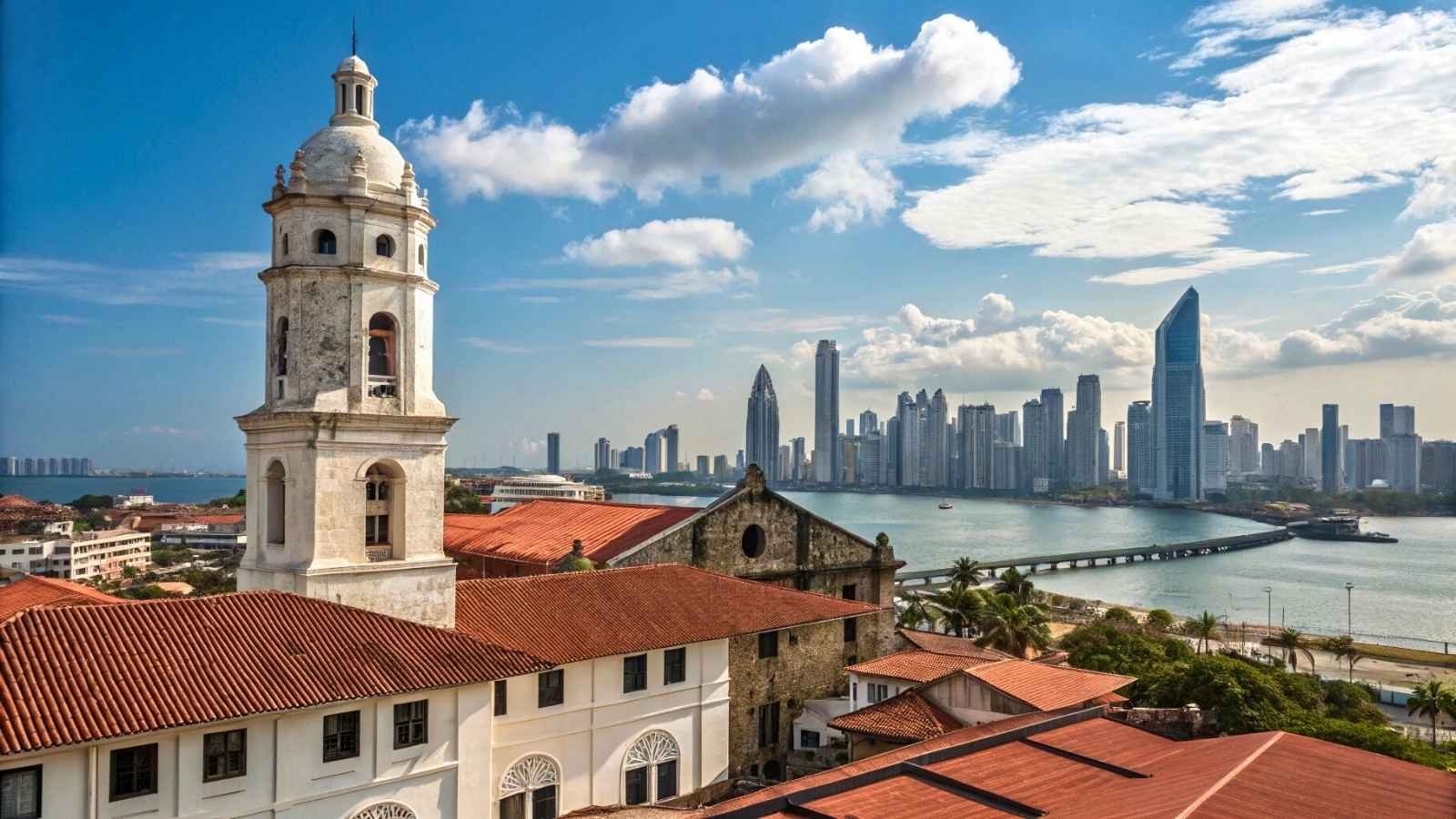
Panama may be small, but its strategic location between oceans makes it one of the most targeted spots for gold movement and interception. The Camino Real, an inland trail from Panama City to the Caribbean, once transported tons of gold and silver taken from South America. Some of it never made the trip.
The Darien Gap is especially notorious — not just for its dangerous terrain, but for the rumored loot hidden by Spanish traders, pirates, and smugglers. Even in modern times, entire expeditions have been launched to locate caches buried by Captain Morgan or hidden in cave systems used by pre-Columbian tribes.
This is high-risk, high-reward territory — Panama’s jungles don’t play around. But with satellite imagery, drone tech, and solid prep, today’s explorers have more tools than ever to finally connect myth to reality.
Quick Facts:
- Best Months to Visit: Mid-December to April (dry season)
- Where to Hunt: Camino Real trail, Darien Gap (only with expert guides), Pearl Islands
- Local Insight: Talk to indigenous Emberá communities — many oral traditions mention “ghost gold”
- Important Tip: The Darien region is dangerous and off-limits without permits and escorts
- Risk Factor: High (terrain, legality, and logistics)






